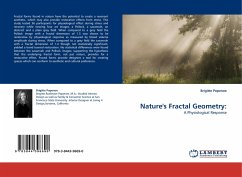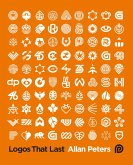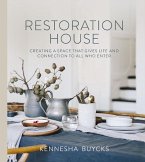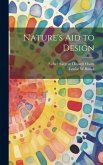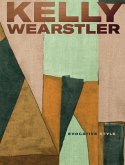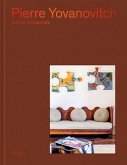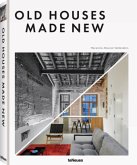Fractal forms found in nature have the potential to create a resonant aesthetic, which may also provide restorative effects from stress. This study tested 36 participants for physiological effect during stress and recovery while viewing four art images, a Pollock, a savannah, an abstract and a plain grey field. When compared to a grey field the Pollack image with a fractal dimension of 1.5 was shown to be restorative by physiological response as measured by blood volume amplitude during stress. When compared to a grey field the savannah with a fractal dimension of 1.4 though not statistically significant, yielded a trend toward restoration. No statistical differences were found between the savannah and Pollock images; supporting the hypothesis that the underlying fractal form, not just nature, provides for a restorative effect. Fractal forms provide designers a tool for creating spaces which can conform to aesthetic and cultural preference.
Hinweis: Dieser Artikel kann nur an eine deutsche Lieferadresse ausgeliefert werden.
Hinweis: Dieser Artikel kann nur an eine deutsche Lieferadresse ausgeliefert werden.

